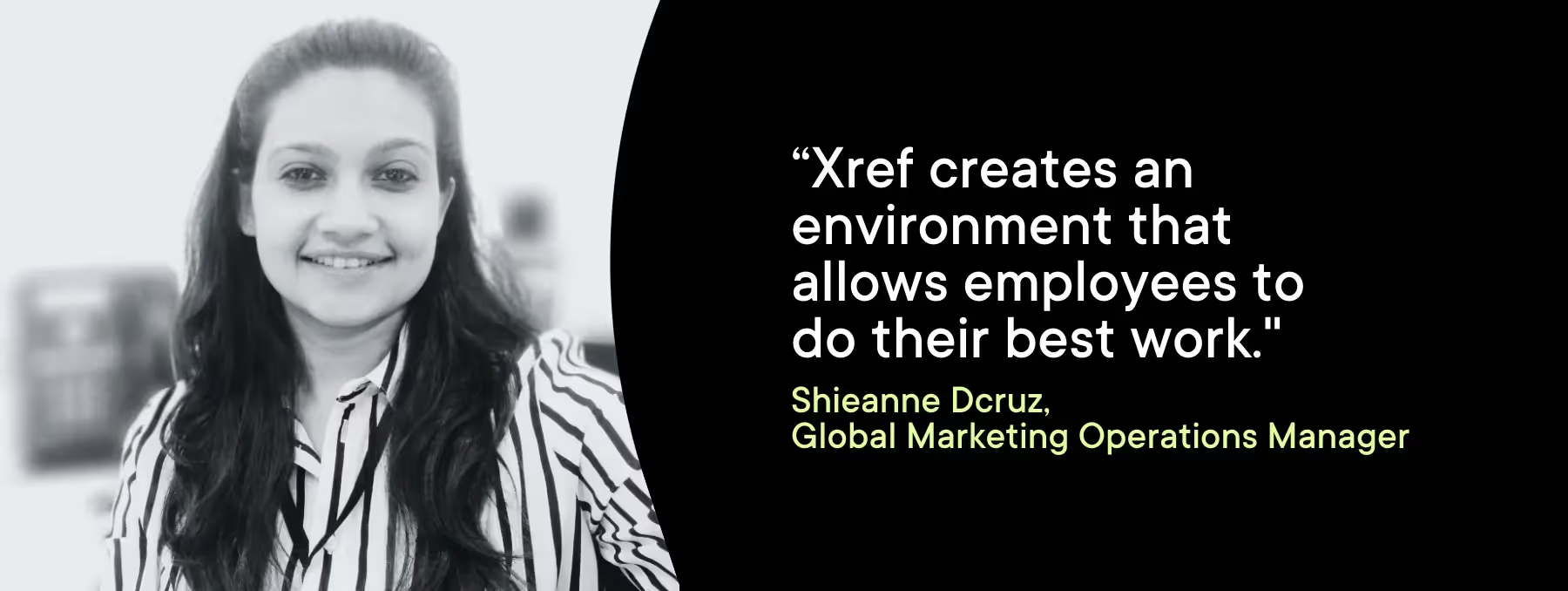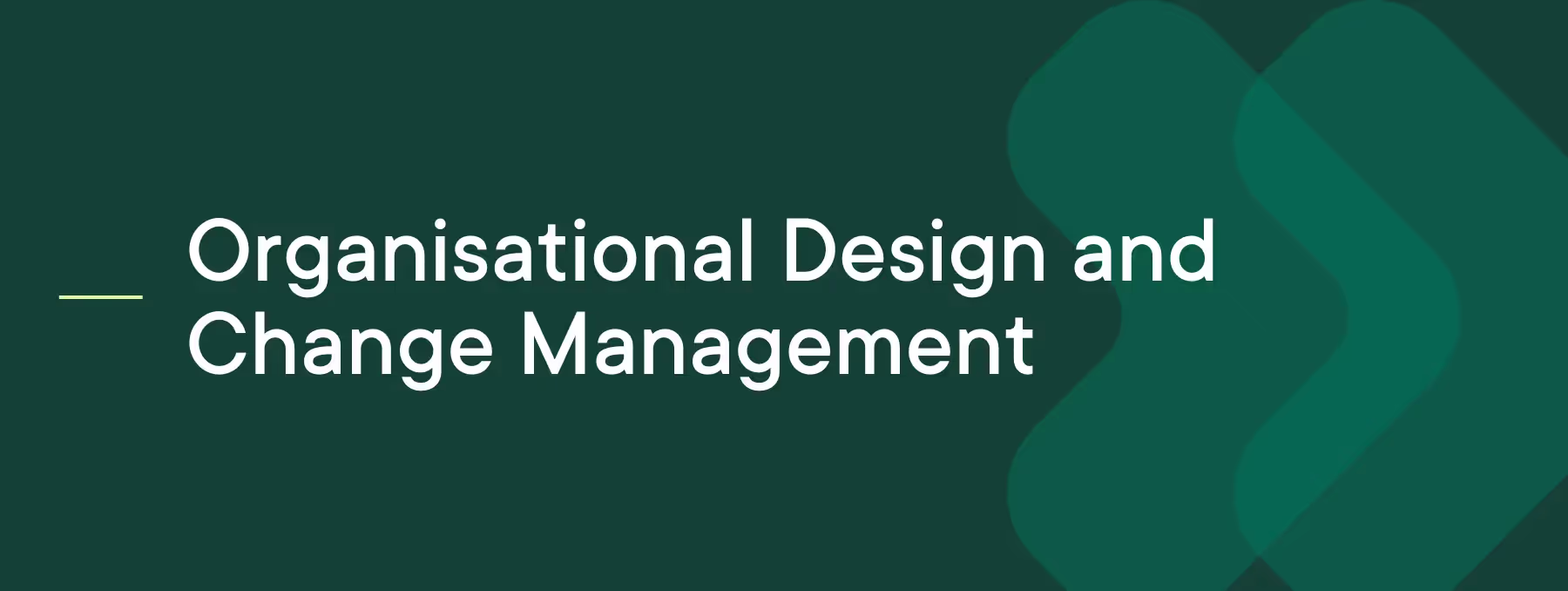


Give your people a voice with a tailored Xref Engage survey.
Increase retention and reduce turnover with quick employee feedback from an Xref Pulse Survey.
As we come towards the end of the year, it makes sense that organisations are looking forward to 2023 and beyond. As a result, this month, HR trends focus on roles and working styles that are predicted to have a high impact in the future.
Green talent, non-linear work and offices as social spaces reflect the needs and wants of employees. Companies needing to cater to the needs of their people remains a key theme while ever the skills shortage and battle for talent continues.
Predictive analytics highlights the ever-present importance of data in decision-making. It offers guidance for recruitment strategy and planning, while upskilling HR professionals in change management creates an essential link between senior executives and employees.
Keep reading to understand more about the top five HR and recruitment trends for October 2022.

Sustainability and Corporate Social Responsibility (CSR) are prevalent issues impacting organisations currently as this is highly-valued by those coming into the workforce, particularly Generation Z.
The desire for a sustainable future is causing a rising demand for ‘green talent’ - a new trend making waves this month. This recent article by Human Resources Director explores how the number of roles requiring ‘green skills’ is rising, yet the people available to fulfil those roles are lacking. So how can we train our people to ensure a greener way of operating? The article gives some tips, including:
1. Craft a greener future: This means reshaping the behaviours of the workforce and embedding sustainability values into your organisation’s purpose, mission and objective. Consider including leadership advocates, incentives and communication efforts to break habits.
At Xref, our remote-first work from home policy results in a low carbon footprint as commuting is kept to a minimum. We also have embraced a paperless working environment, preferring to share documents using secure, compliant technologies.
2. Build a skilled workforce: Consider recruiting new people or upskilling and reskilling existing staff into green-focused roles. Employers can support green talent development by considering transferable skills.
Hays Recruitment Agency, who often source green talent said,
“A successful green transition requires the evolution of all existing jobs. Just as digital transformation required people to gain new digital skills to perform their role successfully.”
3. Develop strategic, sustainable operations: Review and realign operating models and use data to understand energy consumption, resources and more. Consider what changes can be made for improvements.

Recently, there have been plenty of discussions about remote work, hybrid work, work/life balance and the four-day work week. Now, a newer trend is making its way onto the scene in the form of non-linear work. Whether it be a non-linear career or a non-linear work day, the main goal is flexibility.
In this article by HR Grapevine, a non-linear workday is defined as a schedule that fits around an individual's personal life. The typical 9-5 is slowly changing.
A non-linear workday focuses on the idea that an individual can work at different hours based on their strengths, needs and wants with the intention of boosting organisational productivity. For example, if you’re an early bird, it may be beneficial to start before 9am. Or for those who work better in the afternoon and evening, a delayed start time could be appropriate.
At Xref, our flexible work policy allows our people to have control over their hours. We have an ‘outputs’ focused workforce, meaning our people are in control of their workload and allocate time to work on their tasks until they are completed.

Shieanne Dcruz, Xref's Global Marketing Operations Manager says, “Xref creates an environment that allows employees to do their best work; I feel privileged to be surrounded by people who are passionate about what they do!”
If our people need to attend an appointment, they aren’t pressured to do it outside of work hours or on the weekend. We have plenty of staff who take a short time out each day to collect children from school. Our flexibility supports women and families, thus growing our team in more diverse ways.
Non-linear work is also becoming trendy through a non-linear career. Yahoo News explores how a non-linear career departs from the idea that every worker has to become a manager or leader one day. Instead, a non-linear career promotes developing skills based on an individual’s strengths, needs and wants that also align with the organisation’s growth goals.
A lateral or horizontal promotion can help to fill skills gaps and increase retention.

In the past, offices have been a place of work. But for many, the transition to remote work has left office buildings empty. To bring people back to the office, management strategy is focusing on employee engagement and employee experience, encouraging people to come back to work in an enjoyable environment.
However, a new trend is emerging to make an office a social space rather than a place to complete work. Offices can be a hub of company culture and interpersonal interactions.
This article by People Matters highlights “a study by Team International that revealed 81% of employees prefer not to go to the office at all or choose a hybrid setup. Meanwhile, 61% would like to work two to three days a week remotely. About 27% would choose full-time remote work, while 18% want to work from the office full-time.”

So what can organisations do to encourage employees to view the office as a social space? The article has some ideas.
At Xref, our office spaces function as 'hubs' for our people to get together and collaborate, meet in person and enjoy the social elements of physically working together. Our remote-first policy means that when our people choose to attend the office, it is often a bright and vibrant environment for them to catch up with one another.
Reinventing your office into a social space will help your people reconnect with each other and reduce or remove feelings of loneliness which can crop up in remote work environments. Focus on human-centric solutions to encourage employees to reframe how they view the office.

When we think about technology in recruitment, we think about talent pools and talent management systems helping streamline processes to reduce time to hire. But what about using tech to make better hiring decisions and onboard staff quickly and effectively?
With the help of technology, more and more recruitment is becoming a data-driven science. Predictive recruitment data analysis assists businesses in acquiring employees more rapidly.
Predictive analysis in recruitment focuses on people analytics helping to gather and evaluate data by utilising modelling, machine learning and statistics to provide accurate predictions about your candidates.
This blog by Human Resources Director Canada explains how predictive analytics can identify the criteria required to measure an applicant’s fit for a specific role over the long term. It helps to make tangible all those gut feelings that occur when hiring.
Some advantages of using analytics to assist with recruitment include:
From this, you may be able to determine:
The article highlights how approximately 85% of the jobs needed in 2030 do not exist today. Therefore, predictive analytics in hiring can help organisations determine their future talent needs.

If the recent pandemic taught us anything, flexibility and agility are crucial to business success. However, employees are growing fatigued from constant change, and many seek stability. A key priority for HR leaders now is managing how to navigate change while mitigating the impact.
This report by Gartner expects that organisational design and change management will become imperative for HR professionals in the coming months and into 2023.
“In 2016, the Gartner Workforce Change Survey showed 74% of employees were willing to change work behaviours to support organisational changes, but that number dropped to 38% in 2022.”
HR World explains that managing change requires a long-term view. For HR professionals, it may involve hiring additional staff, expanding certain departments or even redefining job descriptions if roles and tasks overlap due to a merger.
Some suggestions to help your people cope with change include:
This month, some fresh trending topics are seeing HR professionals and recruiters look forward and consider how they will hire in the future to maximise the success of their organisation.
With themes like organisational design, and offices as social spaces, we are seeing HR coming to the Executive table and playing a substantial role in business direction and goals.
Topics like non-linear work and green talent show us the future of work - where workplaces are headed, while predictive analytics helps them get there.
To understand the HR and recruitment trends covered last month, see 5 trending HR topics for September 2022.
You may also be interested in:
